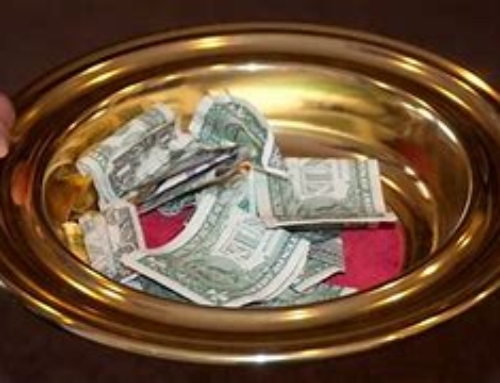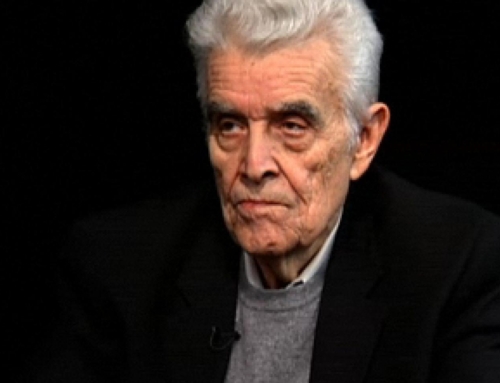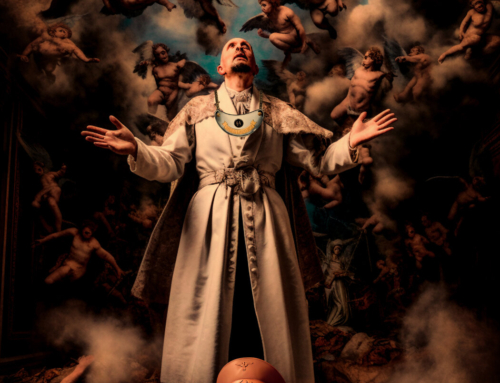I wrote here yesterday about the “elusive solitude of Christ”, observing that he was alone in his simplicity and integrity. He was one with God his Father and had no other agenda and no other cause but to do the Father’s will.
While this might seem as plain as the nose on your face, it is remarkable how many writers have tried to interpret Jesus’ life and ministry through various lenses. They see the political Jesus, the religious teacher, the mystic, the rabble rouser, the country preacher, the healer and wonderworker, the eco-warrior, the proto-feminist….you name it.
He came to do the Father’s will, to defeat Satan and redeem the world. That’s it. All the rest might be part of the picture, but they are the tesserae, not the mosaic.
And this is our task too, but this is difficult. It is so much easier to join a tribe, foment a rebellion, follow an ideology and campaign for some worthy cause we believe will change the world. When will we read history and learn that all such causes peter out. They’re driven by temporal circumstances and cultural pressures. They are invariably a reaction against something we don’t like, and reactions against something are always some sort of protest movement.
What a yawn! What a huge yawn!
But not only a yawn, but on second look, a great dismay because protest movements of all kinds invariably break something in a misguided attempt to make something new. The protesters are never content to do the hard work of actually building something new and wonderful. Oh yes, they promise that great utopia where all things will be lovely, but they have to be busy breaking the old stuff and being against something first.
Jesus didn’t join any of their tribes. In fact he not only didn’t join up. He rejected them all.
The revolutionary zealots intent on overthrowing the hated Romans? “Those who live by the sword will die by the sword” and so they did when the Romans finally quashed the Jewish revolt mercilessly in 70 AD. The legalistic, stuck up, self righteous liturgically correct Pharisees? “White washed tombs. A nest of vipers.” The intellectual, nit picky scribes? “You bind the people and put burdens on them for no reason” The suave, liberal, compromising Sadducees? “Sons of Satan. Children of your Father-the Father of Lies.”
He rejected them. They rejected him. He wouldn’t join their cause and join their tribe? He must be the enemy.
No wonder they wanted him dead. They all wanted him dead. He wouldn’t join their tribe. He was therefore the enemy. The gospel tells how they all came together. They who were at each other’s throats were suddenly united in their hatred of him. They all cried out for his crucifixion.
Make no mistake. We would do the same. We who profess to follow him would do the same if we put our tribe, our righteous cause, our worthy campaign before him.
He is the enemy of our self righteousness. He is the enemy of our hollow good works. He is the enemy of our worthy crusades. He is the enemy of our campaign to save the world or the church or ourselves. He is the enemy of our angry ideologies. He is the enemy of these things not because they are bad, but because they are not good enough.
He does not demand all that. He expects far more. He simply asks us to follow his example and say with total integrity and an innocent heart, “Here I am Lord. I come to do your will.”







“He is the enemy of our campaign to save the world or the church or ourselves”.
Yes, yes, yes; This is true.
The belief in a better world, or making the world a better place, or other ideas of human progress are often a secularized version of the coming of the Kingdom. Yet scripture tells us that the Kingdom does not come from observation. Secularizing the coming of the Kingdom of God is at the very heart of what Fr Stephen Freeman calls the Modern Project. The Modern Project seeks to make man the measure of all things so that God may be ignored. Humility is a highly necessary ingredient of Christian Love, because man is not God. We may become by Grace what He is by nature – but that is His Grace, not ours. We will not bring about the Kingdom through “Progress” but we may be saved through repentance.
Regarding the banner image for this post “Christ in the Wilderness”. While otherwise depicting Christ naturalistically, Kramskoy uses the coloring of early Christian iconography to depict the robes. The inner robe is red for Christ’s royal divine nature and the outer robe is blue for the earthly nature that He took on with the incarnation. The coloring for Mary the Mother of God is normally reversed. Her inner robe is usually blue for the earthly nature she was born with, and the outer robe red for assumed nature she took on by cooperating with God’s grace.